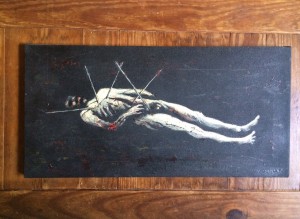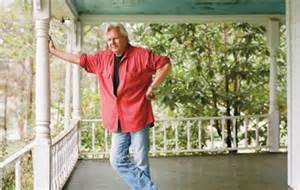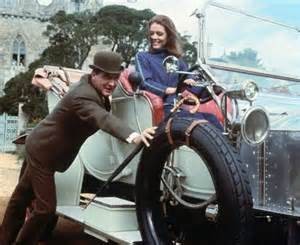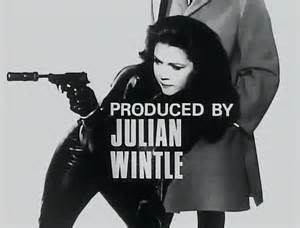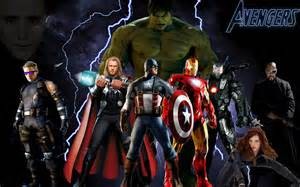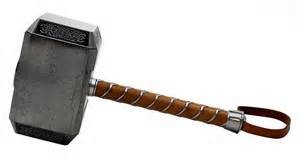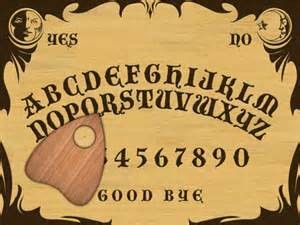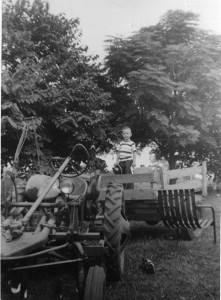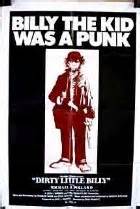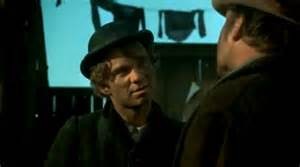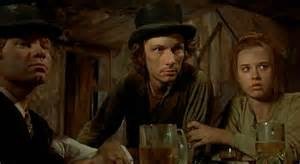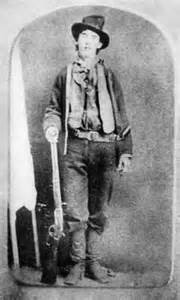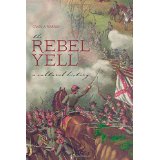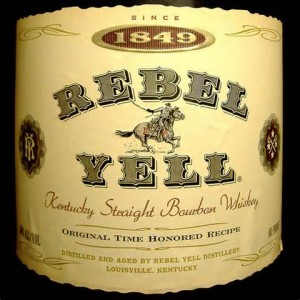1. Memento Mori
Memorial Day: I had just come in from trimming and sweeping the deck wisteria’s ambitious scouts, which will, left to their own devices, extend and explore , insinuate among the lounge chairs, twine the arms and legs to claim the faux natural materials and (beckoning toward the treeline) whisper, “Brother, come with us, come home.” My wife was in the garden performing more arduous weeding chores, but I couldn’t get out of my mind what she’d told me an hour earlier. Mary Baldwin College’s Facebook hostesses had been scolded by a follower for posting a “Happy Memorial Day” message sporting the image of a squirrel (MBC’s mascot) armed with an American flag. The mild admonition was directed at the inappropriate whimsy and that “happy,” given what we’re officially supposed to be remembering beyond race cars, water sports and grilled meat.
I was feeling immune to that criticism, as I neither celebrate nor much register that holiday. Many have given the full measure, no few of them due to foolish miscalculation and misplaced enthusiasm from our generals and princes, but at my house we don’t seize the occasion to engage in family scrum, feasts, flag-waving or pyrotechnics, and I’m likely to spend the afternoon in my office or my reading chair. Sarah and I were planning to sup on fresh bread and a long-simmered soup of beans and sausage. I was reading a couple of books I enjoyed and planning to watch part of a TV miniseries, Texas Rising, on Sam Houston as Texas savior that night, and so to bed, as the chroniclers say. Not much thought dedicated to American victories and losses beyond my pilot light of disgust at our various administrations and their foreign adventures, which, mind you, doesn’t equal my anger at the current international felons and their jackal depravity, but I feel hamstrung and impotent in those matters. In short: the usual discontent and dismay, but thirst for distraction which would encourage me to focus on some “larger picture,” or smaller ones.
When I went into my study to change shoes after my Nemo-like battle with the squid-wisteria, I stopped longer than usual in front of a smaller picture, a painting sent to me by friend Billy Dunlap and hanging on the blue wall. I’ve seen it, as they say, a thousand, and Billy knows my mind enough to have guessed I’d be fixated by it. The title scrawled in white on the verso of the black canvas is “Sgt. Williams in the Moonlight,” and it’s dated 2007, accompanied by what’s called an appropriate sentiment about our mutual something-illegible, so I suppose I’ve had it 7-8 years. Now, here it is, on our livingroom table like a body ready to be cleaned:
12” X 24” polymer paint on canvas
The image is a familiar one, the original photograph widely reprinted in the late 19th century, then in history books, as perhaps a cautionary emblem for those traveling west, or a reminder of the cost. I have seen it on practicallyhistorical.net and grouped with images of Custer, though we have no photographs of the fatalities after that battle, so I’ll resist that interpretive path. The cavalryman whose family came west (I’m projecting based on his name) from Wales, then further, was probably left behind by his enemies as a NO TRESPASSING sign. I’ve heard the larger field of the photograph shows a lonesome horse grazing in the background, but my artist friend has, I believe, selected and composed (though maybe the source of that horse is one of Dunlap’s own constructions; trickster that he is), turning grim pastoral to both memento mori and an object of stern beauty.
Once Billy cast his artist’s eye beyond the Mississippi, where the bison and hawks different from Virginia and Mississippi denizens could be found, his archival instincts found this whole new trove of images, and he lit on this Sergeant Williams or was lit up by the sergeant and placed him, with or without his mount and the glowering Yahweh sky, on various panels and dedicated canvases for years (“Landscape and Variable: Indian Paint Brush” 1987; “Meditations on the Origins of Agriculture in America” same year; “Object Lesson Series: Willing Spirit/ Weak Flesh” 1991). Sometimes the panels or canvases have an actual arrow embedded in the images, usually not. The body – a soldier, a casualty, a guardian – of the non-com can appear in different lights and stages of decay; in one rendering his body appears to be mossed over, glowing verdigris, in others the wounds are fresher, more delineated, the ribs or facial features more prominent. The disposition and proportions of the body always approximate the “pose” in the original photograph.
At first, I couldn’t decide if he reminded me more of St. Sebastian or a misshapen porcupine. St. Porcupine? Clearly, I wanted to joke the impact into submission, to peer to the side, see the Dunlap Williams as subsidiary or peripheral. It is a disturbing image, though not really grisly, compared to, say, the grue-fetish zombie crap comics, popular TV and movies assail us with, hoping to scare-titillate us. There ought to be a word – scittilate – for that unimaginative enterprise. But Williams is ghostly in that deeply spiritual, but not religious, way which often leaves us blinking, if not transformed.
And he reminded me of the scene in Dances with Wolves when Costner/Dunbar and his muleskinner discover a Caucasian body long dwelling in the tall prairie grass, occasioning the wagonneer to quip, “Somewhere back home somebody’s wondering, ‘Why don’t he write?’” [This is approximate; I’m not ready to watch that film again to get the line exact.] While Sgt. Williams is not without identity, he’s still pretty much one of our unknown soldiers, but here he is also big A Art – emotional, highly wrought, mysterious, both sustaining and able to trigger serious hungers.
And the painting has outlasted my earlier associations and driven me deeper into meditations I never volunteered for. Billy is many things: painter with perfect visual pitch, sculptor, teacher, curator, wit, writer, raconteur, bon vivant, and so on. But at his core, he’s a trickster, and I find myself wishing I could decipher that word after “mutual” in the inscription.
Sergeant Will is moonwashed white, his flesh become bone, his face eluding recognition, but just expressive enough to occupy the threshold between mime and demon, and yet still human. He might be floating upon calm black waters, but the brushstrokes in muted colors complicating the backdrop suggest something more solid. His feet are pitiable, and you want to start covering him there and move the blanket up for privacy, yet in the whitening moonlight he has a profound dignity, the five arrows almost symbolic: one planted in the groin, a second in the belly, one in the heart, another just above the sternum, a final one in the left deltoid. They come from different angles and carry a hint of red on their fletching. The body also shows red wisps and splotches, enough blood on the right elbow to suggest blunt trauma.
Intriguing as the amateur forensics might be, the whole is so much more than . . . . Sergeant Williams is in repose. He has come face to face with death and become, for me, the face of death, even more than my maternal grandfather John P. Thaxton, whom I was always said to favor physically until I grew old and grayed old and took on my father’s features. (Temperamentally, I excite few comparisons to either man.) I remember seeing granddaddy the day he died in that back (west) room on the iron-framed feather bed I had so often slept in. Patchwork quilt of many blues, pillows thick as shoats. I was six. He’d been suffering from lung cancer long enough to have grown even more sparse and sinewy than labor had made him. Grizzled of cheek, chin and mien. I’m now developing his hairline, but I never had his sinewy grit or lanky good nature. That’s wisdom, to my mind: grit and humor together, a strong dose of generosity doesn’t hurt. Wisdom is humanitarian instincts spoken and then acted, I believe. I’m just a poor facsimile. But I knew him as a child knows a local hero, not even aware until I was sixty that his “unexplained” disappearances and extended absences were binges the Baptist church wouldn’t much excuse in a farming carpenter. But at least they didn’t express their disapproval with archery.
I wonder if Sergeant Williams achieved wisdom? I think of the last line of Yeats’s “Leda and the Swan,” but twisting it, with death-in-flight replacing the assailant Zeus-goose. “Did [he] put on his knowledge. . . ?” Hard to believe a soldier of the sergeant’s era didn’t tipple a bit, which is a useful clarifying lens just before it becomes an occluding one. I’m guessing he was a scout, but as soon as I begin to speculate on his identity and function, I want to know who took the original damn picture. And what was left out. The records don’t show. Old Anonymous at it again. I wonder if it was someone whose curiosity about the human condition and respect for the final stages mirrored Sally Mann’s as she photographed her dying father and the corpses at the “Body Farm” where forensic scientists use to learn how the forces of nature reclaim various examples of our flesh and bones. Maybe it was just an artless journalist, but I’m skeptical about makers of images shooting from the hip with neither design nor agenda, intent being a natural instinct for our species.
A few years ago, my wife didn’t object when I asked if I could move the sarge to our bedroom, where I could study him from my own prone position. I’d be less than honest if I didn’t admit to arranging my body to mimic his position. I also thought of my grandfather’s position as he prepared for death and mine when I was laid up with the poisons of chemotherapy and radiation in the same room a decade ago. “Fallen man” is my phrase for the general posture, and I have stretched out on my deck in winter to seek his outline in the stars, though that constellation eludes me so far. I have found both terror and comfort in my morbid exercises, just as I find that pair in most activities. O felix culpa?
Neither did Sarah object when I decided to move the painting back to the wall of my study, where there’s a scarlet, trumpet-blowing angel silhouette cut from sheet metal to greet him, to “Taps” and “Reveille” him. What I’m hoping in the long run is that I’ll be able to follow this meditative path when my time to cross the river comes along: wisteria, the sergeant resting in peace, the red angel blowing maybe a kind of jazz anthem of welcome. I read this anecdote somewhere. When Allen Ginsberg was dying, he was asked how he felt, and his answer was that, where he’d expected to be terrified, he was instead exhilarated. Smell of fresh grass and a lathered horse, twang of a bowstring, moonlight on the face . . . and just hope that first arrow is well-chosen and flies true. “All fall down.”
*
The Mighty Billy D

